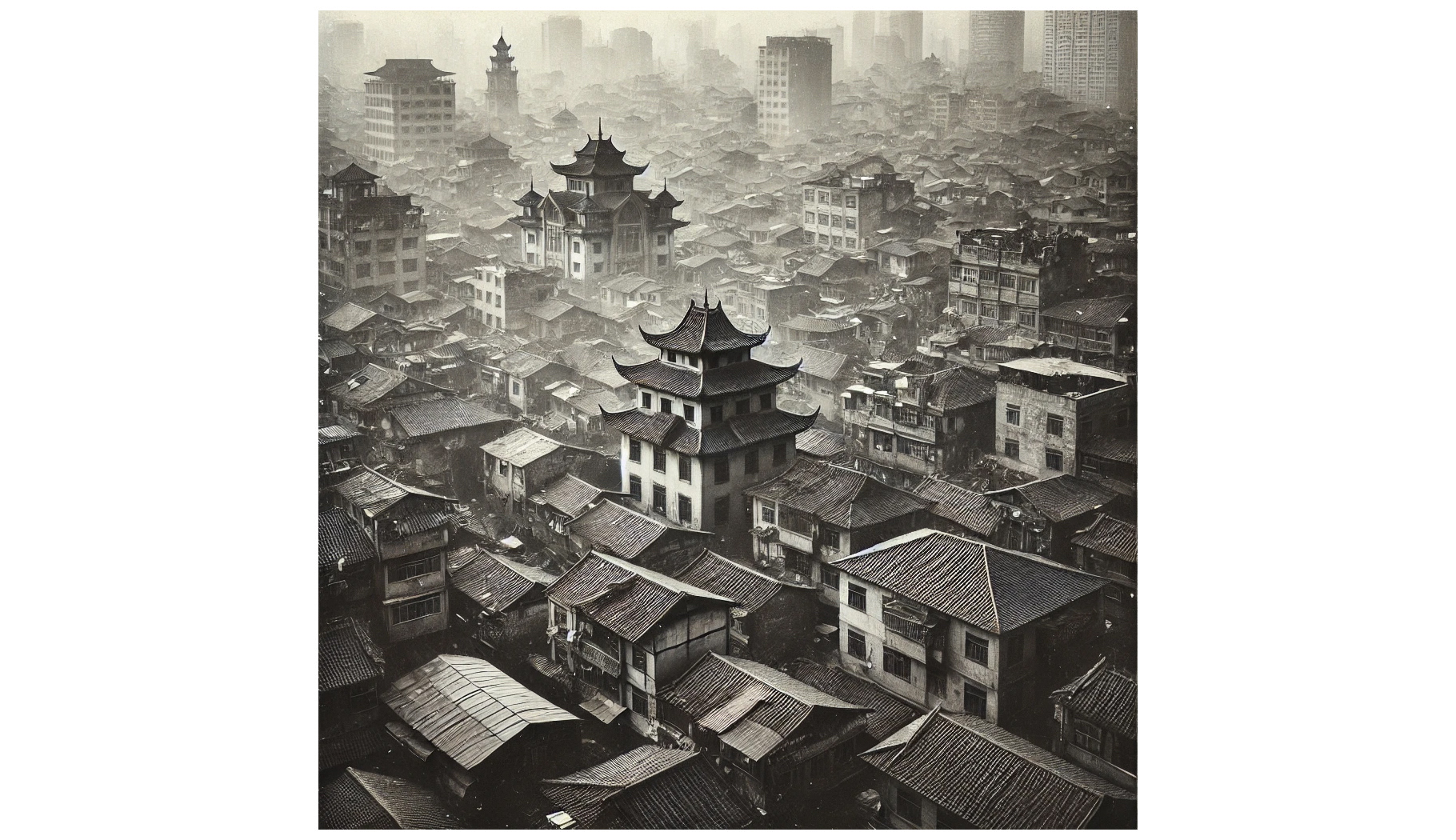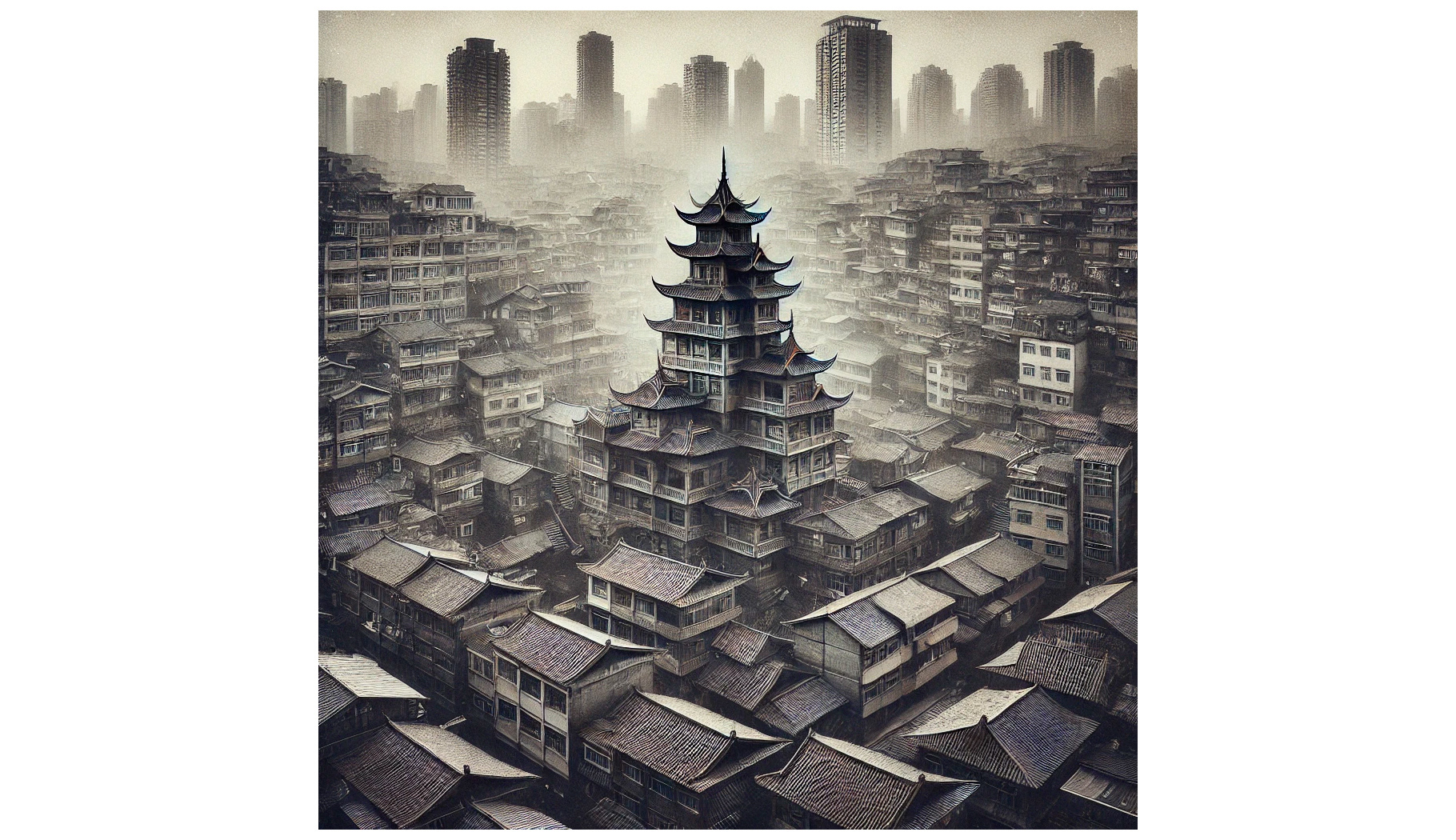FR | EN
Meta-Morphosis
2024
With Meta-Morphosis, Tommy Goguely orchestrates a fascinating encounter between the history of photography and the generative capabilities of artificial intelligence. Starting with a foundational icon, Nicéphore Niépce’s View from the Window at Le Gras (1839), he questions the collective visual memory by subjecting it to the prism of algorithms—these new tools mediating our gaze.
The project employs a simple yet profoundly consequential methodology: asking an AI to describe an image and then generating a new image based on that same description, following an iterative process. However, this cycle of description and generation is not merely a technical exercise—it constitutes a critical exploration of how machines "understand" and transform the visible. Very quickly, what begins as a relatively faithful transcription becomes something else: a biased reinterpretation, metamorphosed through the cultural and aesthetic filters embedded in the code. Each step seems to mark a progressive deviation from the original. The shift to a 16:9 format, the appearance of contemporary urban motifs, and even the incursion of Asian influences reflect not only formal evolution but also a projection of the zeitgeist, captured and amplified by algorithms trained on databases saturated with contemporary imagery. Tommy Goguely highlights a fundamental aspect of AI: it does not reproduce neutrality but instead reflects the biases and power structures embedded in our digital archives.
This work, however, is not limited to a cold critique of technology. It is also an homage to the malleability of the image, to its ability to embody cultural and historical transformations. While the project is anchored in an aesthetic of glitches and distortions, it primarily invites broader reflection on artificial intelligence as a creative collaborator—one capable of extending but also distorting our relationship to reality. The Meta-Morphosis series thus reveals the constant tension between memory and mutation, between fidelity and alteration. It speaks to our era, where the image, subjected to relentless production, becomes an unstable terrain—laden with inherited meanings yet open to infinite reinterpretations. It urges us to question what it still means to "see" in a world saturated with auto-generated imagery. This work is not merely a look at the past or a projection into the future—it is a mirror held up to ourselves: spectators, creators, and increasingly, collaborators with machines.
(This text was itself written by the algorithm used in this project.)












